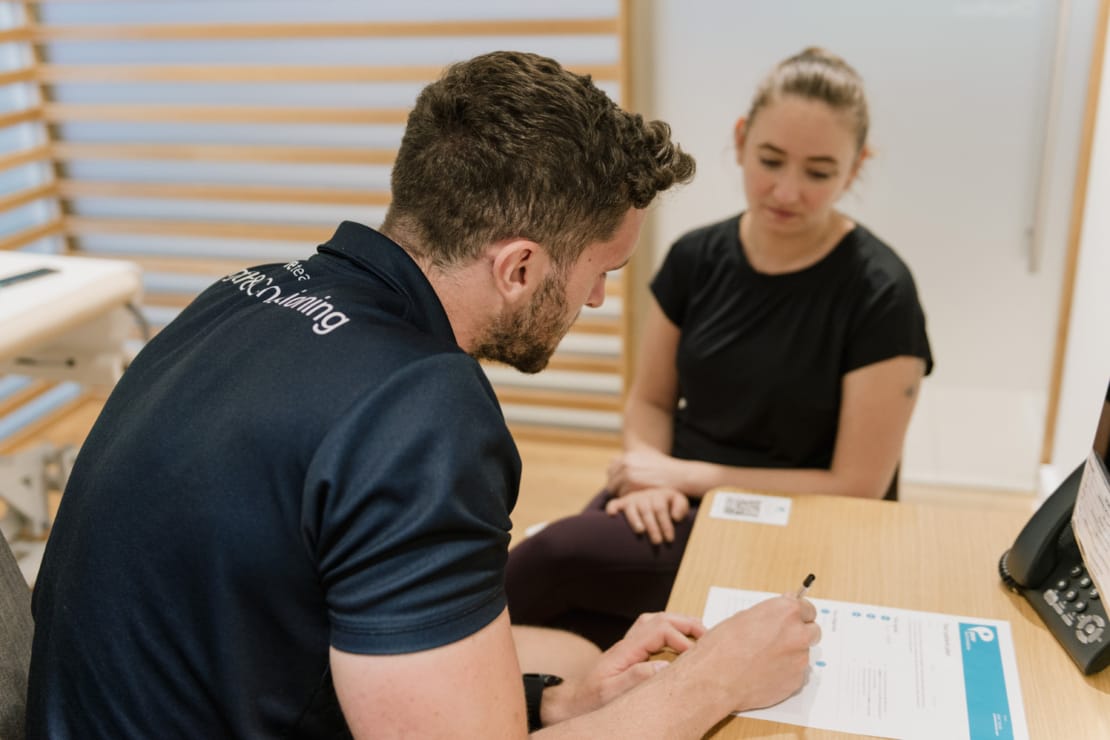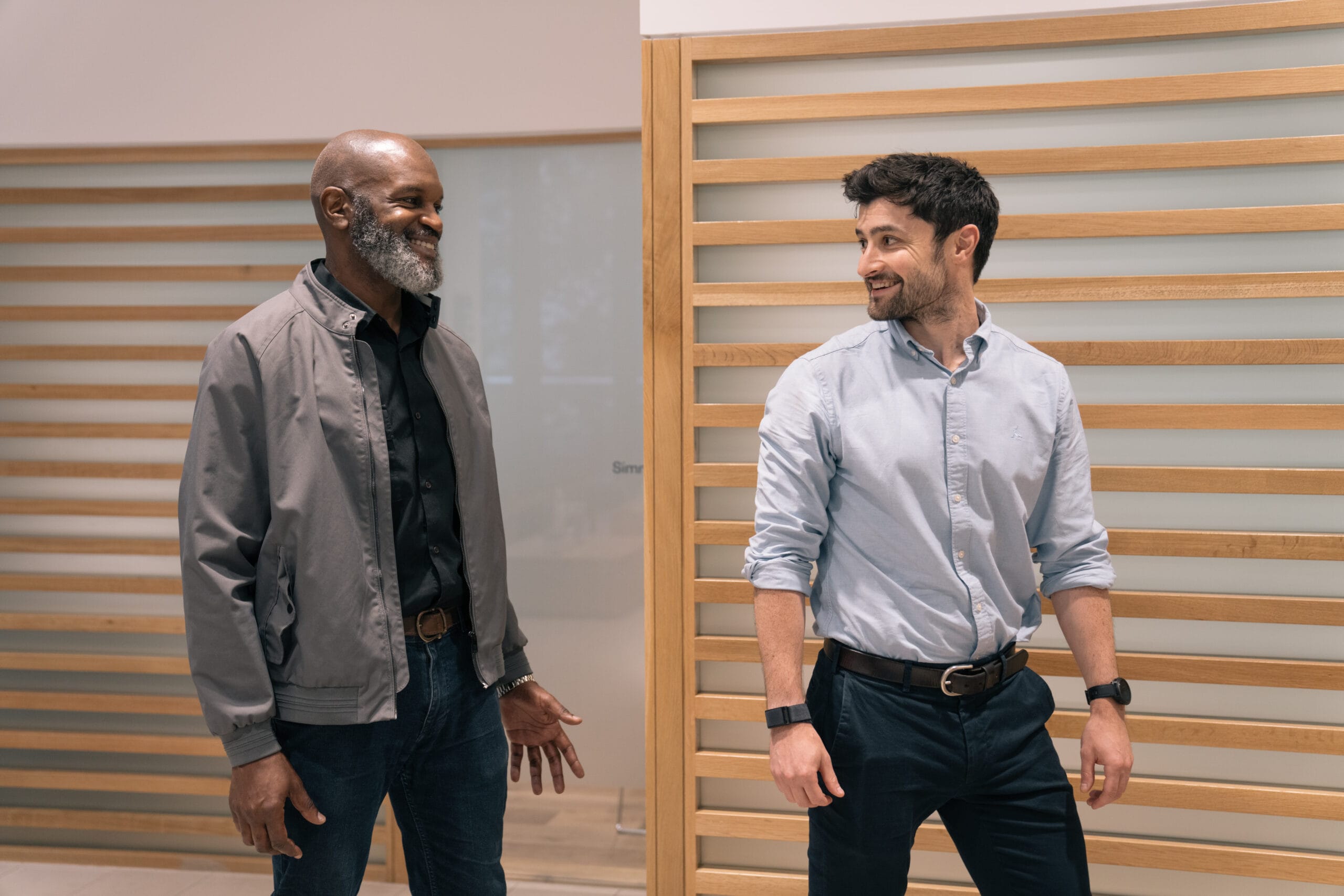Strength Training for Older Adults

Dean Sutton
Strength & Conditioning Coach
- 6 October, 2025
- Injury Prevention
- Strength & Conditioning
- 4 min read
Strength Training for Older Adults
Over my many years of working in the health and fitness industry I have noticed a trend; that as people age, it’s common to put on more body fat and move less than they used to, and when the decision is made to make a change, the go to exercise is nearly always cardio training – walking, running, or cycling, for example. The goal being to get themselves back in shape, feel better and ultimately lose weight.
Very rarely do I have a client in front of me that insists they want to increase strength and muscle size, when in fact all the evidence suggest this is the first steps we should taking as we get older. That’s why strength training is, in my view, the most important form of exercise to include in daily life.
In this blog, I’ll explain the many benefits of strength training along with how to get started and avoid picking up any injuries along the way.
First things first, let’s talk about the physical benefits.
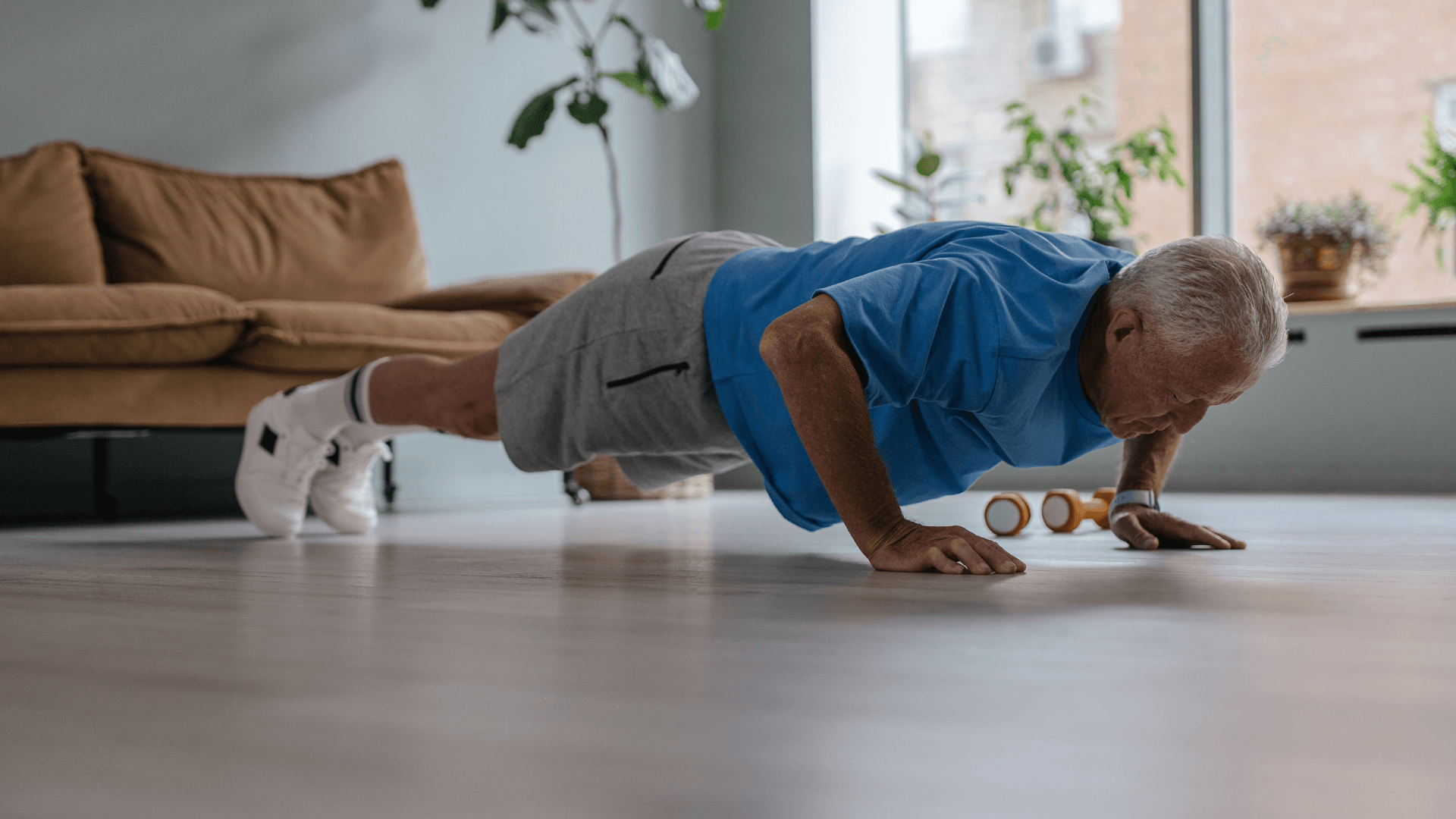
Reducing Muscle Loss (Sarcopenia)
A big culprit for losing our physical abilities as we grow older is the age-related loss of muscle mass and strength, which is called sarcopenia. Typically, muscle mass and strength increase steadily from birth and reach their peak at around 30 to 35 years of age.
After that, muscle power and performance decline slowly and linearly at first, and then faster after age 65 for women and 70 for men. Without strength training, significant muscle mass can be lost with age, leading to weakness, a loss of mobility, and increased risk of falls.
Increases Bone Density
Weight-bearing exercises stimulate bone growth, strengthening bones and helping to prevent osteoporosis and related fractures by placing mechanical stress on your bones, which stimulates bone-forming cells called osteoblasts to build new bone tissue.
Reduces Risk of Falls and Injuries
Improved muscle strength, balance, and coordination make it easier to navigate daily life and significantly lower the likelihood of falling.
Manages Chronic Diseases
Strength training can help to both reduce the risk, and manage symptoms, of chronic conditions, including heart disease, high blood pressure, type 2 diabetes, and arthritis.
Improves Quality of Life and Independence
Stronger muscles and bones support overall physical function, making daily activities like walking, climbing stairs, and getting in and out of chairs easier; allowing people to maintain independence for longer.
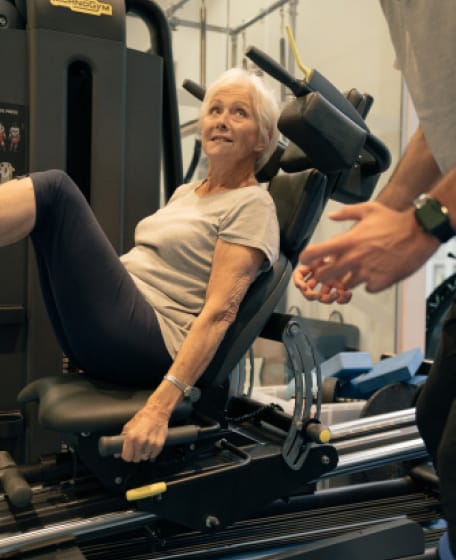
Boosts Mental Wellbeing
Engaging in regular physical activity, including strength training, is linked to improved mood, reduced feelings of anxiety and depression, and better cognitive function.
Enhances Metabolism and Weight Management
Increased muscle mass leads to a higher metabolic rate, which can aid in weight control.
What to Do: Getting Started with Strength Training
It might feel a bit dauting getting started. Where do you begin? Which movements? How heavy of a weight should you use? Often it is this uncertainty that stops people from strength training in the first place.
To help, I’ve noted my go-to exercises that I recommend to new clients and equipment incorporate into beginner S&C programmes – plus some day-to-day tasks that you might not have thought of as resistance or strength training.
- Start with Bodyweight Exercises: Push-ups, sit-ups, squats, and chair stands are great starting points.
- Weights and Bands: Free weights and resistance bands offer a progressive way to increase muscle strength over time.
- Functional Activities: Heavy gardening, carrying heavy shopping bags, and dancing can also count as muscle-strengthening activities.
- Combined Activities: Yoga and Pilates incorporate some strength, flexibility, and balance.
How to Do It: Building Your Strength Training Program
- Frequency: Aim for strength training sessions two to three times a week.
- Progressive Overload: Gradually increase the weight, reps, or resistance as exercises become easier to continue making progress.
- Focus on major muscle groups: Ensure your routine works all the major muscle groups.
- Technique is key: Focus on proper form to prevent injury and maximize results.
- Combine with other activities: Include aerobic exercise and balance work (like tai chi) in your weekly routine.
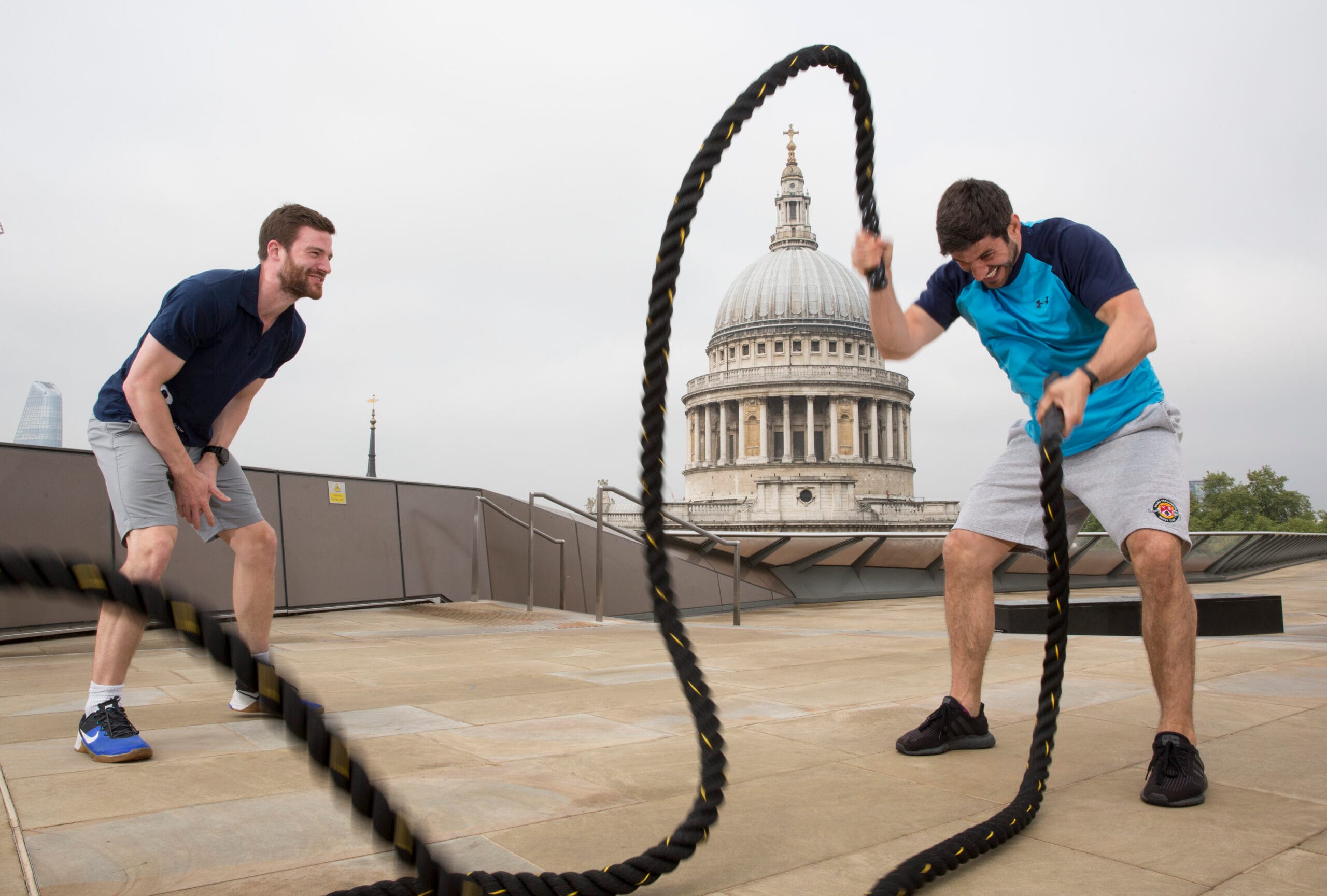
Its Not Just About Heavy Weights: Adding Plyometric Exercises
You might not believe me yet, but strength training can become a little addictive. Once you start to see improvements and feel the sense of accomplishment, you will very likely want to do more. Adding new or different movements will keep it engaging and challenging which in turn will increase motivation.
That’s where plyometric exercises come in. Impact and load-bearing exercises like plyometrics can help stimulate bone formation, which is crucial for preventing bone loss and osteoporosis, and improving power output, reaction time, and motor control. All of which can significantly decrease the risk of falls.
Here are some great exercises as a starting point to build strength and improve stability whilst putting less stress on your joints:
- Step ups: Place one foot on a sturdy step or box, push up through your heel to a standing position, then carefully lower back down.
- Lateral bounds: Hop from one side to the other, landing softly on each foot.
- Box jumps: Step up onto a low box, or if you feel confident, step up and then jump off the top to the floor.
Key Principles for Strength Training
Like I said, getting started can feel like a minefield and it can be hard to know which information to listen to. To help break through all that noise, I’ve collected my main points that I hope stay with you after reading this blog.
- Warm-up: Begin with dynamic stretches like leg swings and hip circles to activate your muscles.
- Focus on quality: Prioritise correct form and control over the number of repetitions.
- Cool-down: End with static stretches, especially for your legs, hips, and lower back, to improve flexibility and prevent tightness.
- Start Slowly: Begin with low-impact movements and a low volume, gradually increasing the intensity as you build strength and confidence.
- Consult a Professional: Always get guidance from a professional before starting any new exercise, especially if you have existing conditions like osteoporosis or osteoarthritis.
- Listen to Your Body: Be aware of any muscle soreness or pain and allow for adequate recovery time.
- Program Design: A well-designed programme understands the importance of exercise progressions, which is crucial for safety and effectiveness as you age. We design six week training plans based around your experience, facility availability & capability, so contact us for more information
So, whether you’re interested in getting stronger, losing weight, avoiding or managing chronic conditions, or simply want to feel better, strength training can help you get there.
If you’d like to speak to a specialist Strength & Conditioning Coach for more information, or to help get you started, get in touch today.
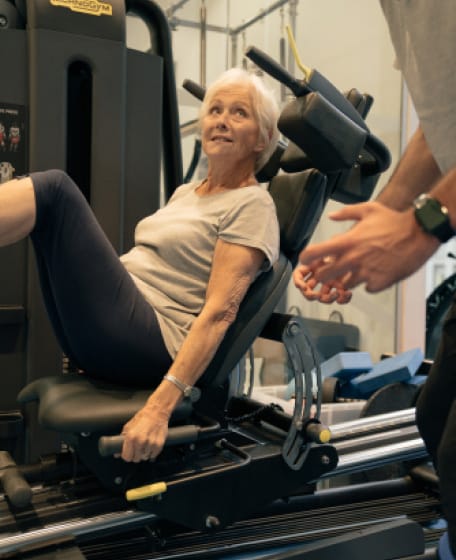
Advice
Over the last 20+ years our experts have helped more than 100,000 patients, but we don’t stop there. We also like to share our knowledge and insight to help people lead healthier lives, and here you will find our extensive library of advice on a variety of topics to help you do the same.
OUR ADVICE HUBS See all Advice Hubs
